1. Endless Flower Blooms

In glossy magazines, every flower bed seems to be in full bloom all at once, like a painter’s palette that never fades. But in real life, different plants peak at different times, and your yard will naturally have gaps. Magazines can time their photo shoots for peak season, or even swap plants in and out to create that perfect look. For homeowners, it means learning to stagger bloom times or accept quieter weeks.
Trying to force everything to bloom together often leads to frustration and wasted money. It requires heavy use of annuals or constant replanting, which isn’t realistic for most people’s schedules or budgets. Instead, layering perennials and mixing in evergreens creates interest all year, even if it’s not magazine-worthy. Your yard may not look like the photos, but it will feel much more natural and sustainable.
2. Perfectly Manicured Lawns

That emerald-green, golf-course lawn you see in spreads is heavily staged. Crews often use sod, chemical treatments, and even green paint to get that flawless look. Real lawns deal with weeds, bare patches, pet damage, and the reality of different climates. Unless you’re willing to spend every weekend tending it, your lawn won’t match the glossy version.
Most homeowners underestimate the time and cost involved in keeping a lawn that pristine. Pesticides and fertilizers not only require effort but can also harm local ecosystems if overused. Embracing clover or drought-tolerant grasses is often more practical and environmentally friendly. It won’t look like a magazine, but it will save you stress and money.
3. Immaculately Clean Hardscapes
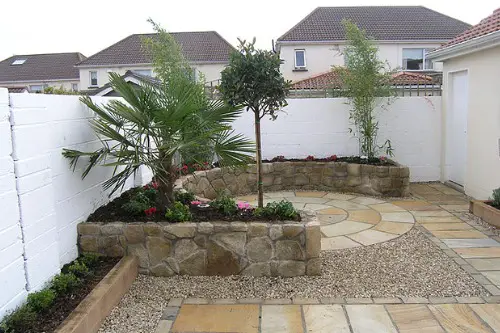
The stone patios and walkways in magazines always look freshly swept, free of moss, and perfectly aligned. But in reality, outdoor stone and concrete quickly gather dirt, leaves, and even weeds between cracks. Weather, foot traffic, and natural settling mean it never stays spotless. Unless you’re constantly power-washing, your patio will look lived-in.
Magazines often feature hardscapes that are brand-new or staged right after installation. Homeowners, on the other hand, have to deal with rain stains, ants tunneling, and inevitable cracks. Accepting that patina is part of the charm makes outdoor living spaces feel authentic rather than frustrating. A “perfect” patio just isn’t practical without endless upkeep.
4. Perfectly Matched Furniture Sets
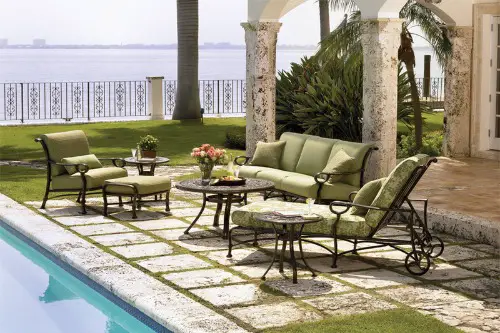
Editorial photos often show entire sets of matching outdoor furniture, styled like indoor living rooms. The chairs, table, cushions, and accessories all coordinate seamlessly. In real life, furniture fades in the sun, cushions get stained, and pieces wear at different rates. Replacing entire sets to maintain the look is expensive and unrealistic.
Most people end up mixing and matching, whether due to budget, weather damage, or changing needs. That lived-in, eclectic look often feels warmer and more personal. Magazines gloss over the wear and tear by shooting new products before they ever face the elements. Real yards are better served by choosing durable pieces and embracing a mix.
5. Crystal-Clear Water Features

Magazine ponds and fountains are always sparkling clean, with no leaves, algae, or murky buildup. But in reality, water features require constant maintenance to prevent them from turning into mosquito breeding grounds. Pumps clog, algae grows fast, and fish—if you have them—add another layer of upkeep. Without attention, they go from serene to slimy quickly.
The shoots you see in magazines are usually brand-new installations or freshly cleaned right before photography. Homeowners often underestimate how much effort and equipment goes into keeping water features pristine. Skimmers, UV filters, and weekly care are almost always necessary. Without them, the “zen moment” look is short-lived.
6. Magazine-Ready Outdoor Lighting
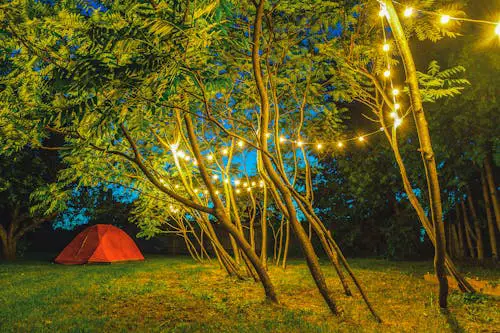
Those dreamy twilight garden shots are filled with perfectly placed lights that create a cozy glow. In real life, that requires professional planning and wiring. Solar lights rarely provide the same effect, and cheap fixtures burn out quickly. Getting that look usually means paying for a landscape designer and electrician.
Magazines rarely mention the cost or upkeep of such lighting setups. Outdoor bulbs need replacing, wiring needs protection from weather, and timers can break down. For homeowners, even a simple setup can be pricey to maintain. A few well-placed lights may not match the spread, but they’ll still add charm without draining your wallet.
7. Exotically Planted Borders
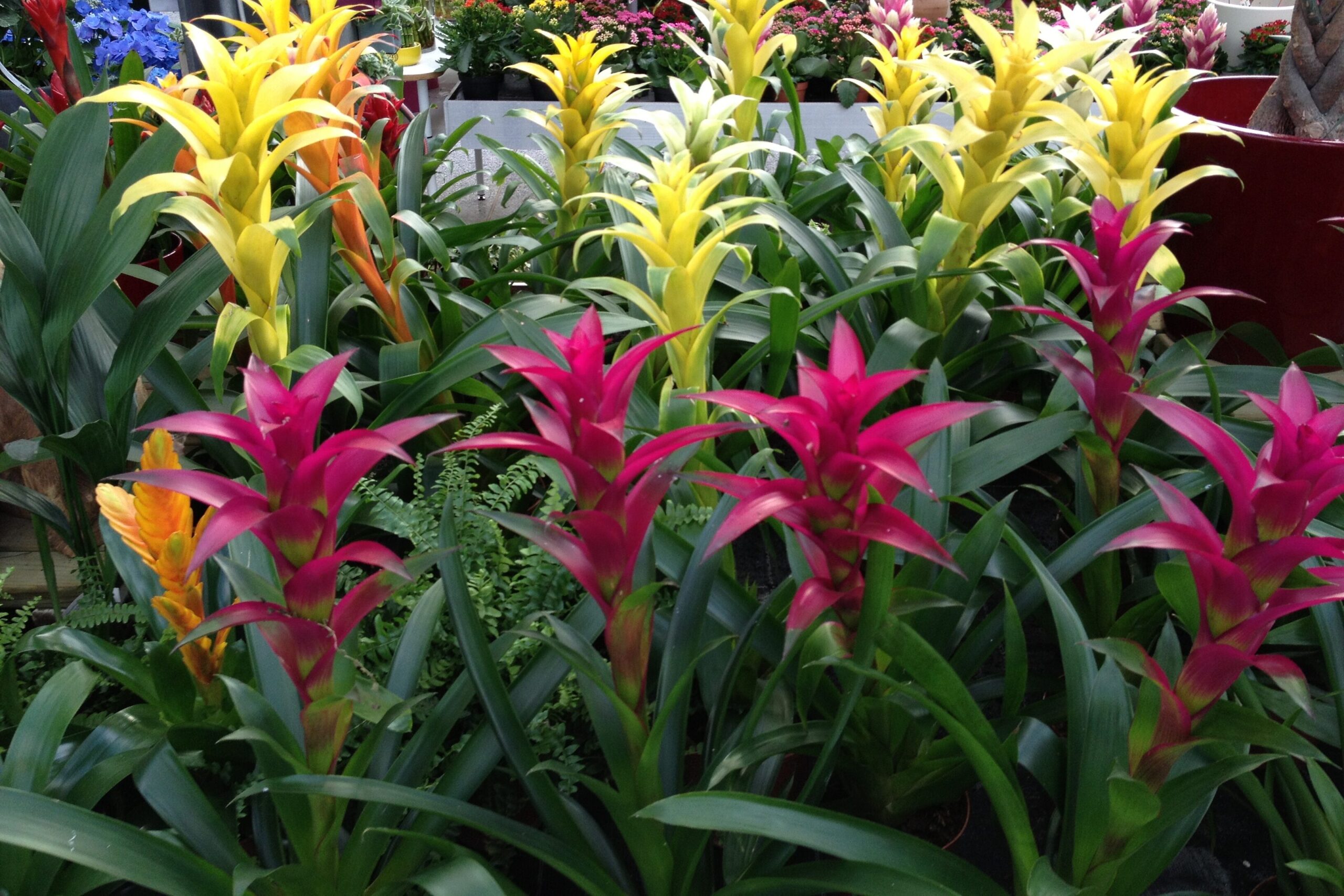
Borders in glossy pages often showcase tropical or exotic plants with lush, oversized leaves. They look stunning in print, but in most climates, these plants won’t survive year-round. Without greenhouses or constant replacement, they quickly die back or get frostbitten. Magazines don’t show the failed versions.
For real yards, it makes more sense to stick with hardy plants suited to local weather. Native species are often just as beautiful and much easier to care for. They’ll thrive without extra coddling and help pollinators along the way. Exotic borders may look glamorous, but they rarely last outside of curated shoots.
8. Impossibly Symmetrical Gardens
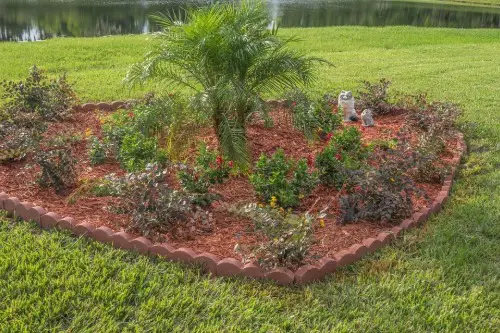
Symmetry in magazines looks elegant—matching topiaries, evenly spaced beds, and balanced lines. But maintaining symmetry in a real yard is nearly impossible. Plants grow at different rates, die unpredictably, and respond differently to soil conditions. Nature simply doesn’t grow in perfect mirror images.
Those shots often rely on temporary plantings or heavy editing to maintain the look. For homeowners, chasing symmetry leads to frustration and constant replanting. Asymmetry and natural curves usually age better and look more authentic. Accepting imperfection makes for a garden that’s easier to love.
9. Magazine-Style Outdoor Kitchens

Editorial spreads often show outdoor kitchens stocked like full indoor ones. Stainless steel appliances gleam, countertops are spotless, and everything looks perfectly ready for entertaining. In reality, grills rust, surfaces stain, and outdoor storage never fully keeps pests out. Without a lot of upkeep, the polished look disappears fast.
Those setups are usually staged for photo shoots rather than daily use. Wind, rain, and pollen make outdoor kitchens messy almost immediately. For most people, a simple grill and table work better than a magazine-level setup. The key is usability, not perfection.
10. Barely-There Maintenance Beds
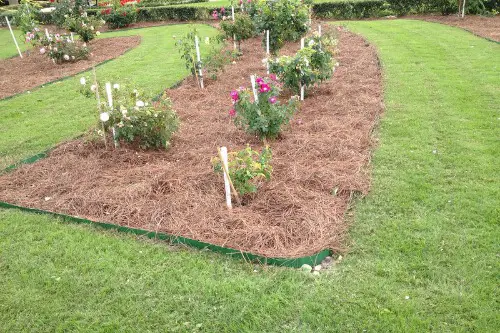
You’ll see magazine shots where beds look perfectly mulched, weed-free, and lush without a single hole or blemish. But weeds sprout fast, mulch fades, and animals snack on leaves. That “untouched” look is often achieved the day before shooting, with teams prepping every inch. Homeowners just don’t have the time to maintain that every week.
Instead of stressing about perfection, it’s better to design beds with low-maintenance plants that naturally fill in gaps. Dense planting reduces weeds and cuts down on constant upkeep. Magazines rarely admit that achieving those beds requires frequent touch-ups. A lived-in garden looks more real, even if it has a few weeds.
11. Vast Open Lawns

Spreads often highlight large, sweeping lawns that seem to stretch endlessly. While beautiful in photos, they’re resource hogs in real life. Mowing, watering, and fertilizing a big lawn eats up time, money, and water. For many homeowners, it’s simply not practical.
Magazines don’t talk about the environmental impact or maintenance demands. Smaller lawns or lawn alternatives like wildflower meadows are usually smarter choices. They provide color, attract pollinators, and reduce upkeep. That glossy open lawn might look great, but it rarely makes sense outside of estates.
12. Perfect Container Gardens
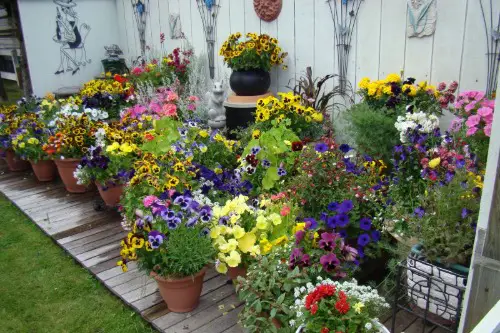
Magazine container gardens always seem bursting with healthy plants, full of blooms and never a wilted leaf. In reality, containers dry out quickly, need frequent feeding, and are prone to pests. It takes constant watering and attention to keep them looking lush. Missing just a few days can mean dead plants.
Those styled shots often involve swapping out struggling plants right before the camera clicks. At home, that’s not practical or affordable. Choosing drought-tolerant or low-maintenance plants helps reduce the burden. While your pots may never look “photo-ready,” they can still bring life and charm to your yard.
13. Spotless Garden Tools and Sheds
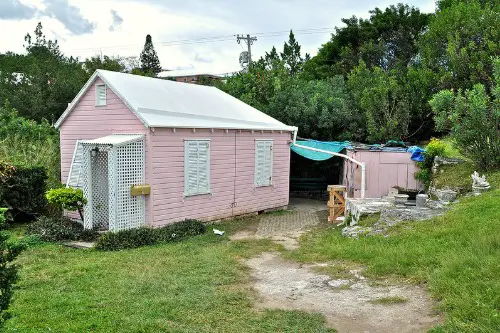
Garden magazines love showing tool sheds where everything is spotless and beautifully organized. Shiny rakes, clean trowels, and shelves without a speck of dirt make it look effortless. In reality, tools rust, handles splinter, and mud sticks to everything. Outdoor work just doesn’t lend itself to pristine order.
Those spreads are styled with brand-new tools, often never used. Homeowners who garden regularly will naturally end up with wear and tear. Accepting a little messiness makes the space more functional, even if it’s not photo-ready. Your shed should work for you, not for a magazine cover.
14. Year-Round Perfection
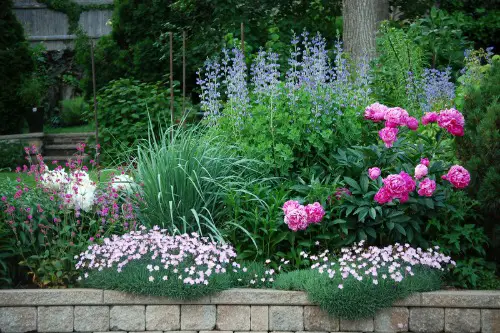
Magazines often present gardens as though they look good every season. But in reality, every yard has downtime—winter dieback, fall leaf litter, or spring mud. These natural cycles are part of gardening, and pretending otherwise sets unrealistic expectations. Even the best-designed garden has quiet months.
Editorial spreads sidestep this by shooting only at peak times or mixing images from different seasons. For homeowners, it’s healthier to embrace the rhythm of the garden. Each season brings its own beauty, even if it’s not lush and green. Real gardens breathe and change, and that’s what makes them special.
This post 14 Garden Design Tricks That Work in Magazines But Not Real Yards was first published on Greenhouse Black.
